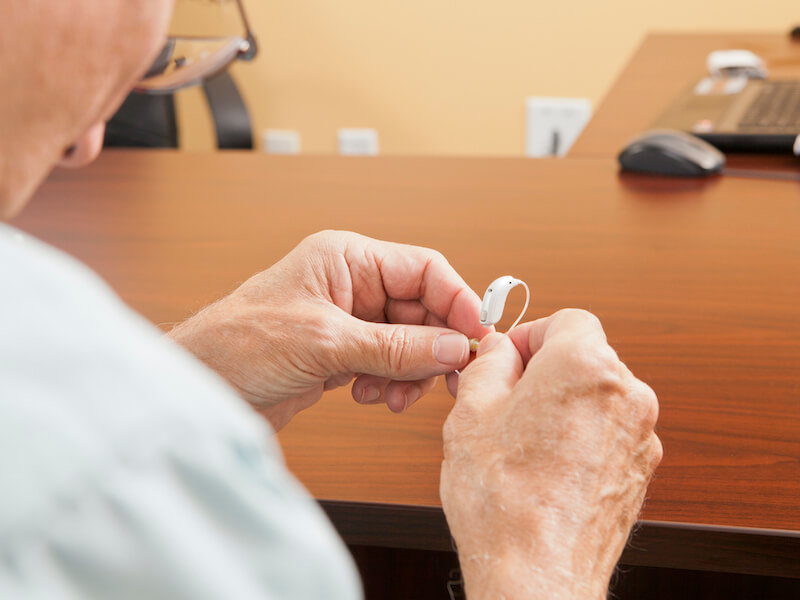
You take good care of your hearing aids. Cleaning them daily, you make sure they’re safe and comfortable on their charger when you go to sleep.
Suddenly and distressingly, your hearing aids aren’t working the way they once did. Thankfully, there are some steps you can take to troubleshoot the problem. Just remember: your main job is to refrain from damaging your hearing aid further (or you may need to replace them).
Troubleshooting your hearing aid
Of course, when you first got your nice new hearing aids, you made a point of putting the owner’s manual in a safe spot. Hopefully, you did so that you can check with your owner’s manual to undertake maintenance and troubleshooting. Each model of hearing aid can be somewhat different so it’s essential to follow the manual’s recommendations.
Here are some things you can check on most models:
- Wax accumulation: Make sure there’s no wax on your hearing aid by giving it a visual inspection. Even if you perform routine cleaning, sometimes wax can accumulate quickly, so it’s worth ticking this off your list.
- Check your battery: Even if you know your hearing aids spent the night on the charger, you’ll want to double-check the battery power. If your hearing aid has replaceable batteries, it may be a good idea to check if those batteries are inserted properly or if a new one resolves the issue.
- Check for noticeable damage: Does your hearing aid have any noticeable loose components or cracks in its shell? If you find cracks, it could mean that moisture is getting in and there could be more extensive damage.
- Keep your microphone clear: Check your hearing aid to find out if anything is obstructing the microphone. Your hearing aid might feedback or simply fail to work if the microphone is obstructed.
Again, consult your owner’s manual on how you might approach each of these concerns. Self-maintenance is sometimes possible.
When does my hearing aid require repair?
If your hearing aid keeps malfunctioning after you have performed basic maintenance and troubleshooting, it’s likely that your hearing aid will have to be professionally repaired. You need your hearing aids for nearly every aspect of your life so this may not sound that appealing.
It’s definitely worth taking note that “repair” doesn’t always translate into “mail your hearing aids in for service and wait several weeks”. Sometimes, we can do the repair in office and you can take it with you when you leave.
Or, you’ll be able to bring your hearing aids in for professional assistance and have them back in a matter of a few hours (this, of course, depends on the extent of the damage, all the more reason to bring your devices in for repair as soon as you can).
There are still some cases where such quick repair is not possible. And in those cases, you might find yourself needing a backup pair of hearing aids. Maybe you have an old pair that will do temporarily in a pinch. Or maybe we have a loaner pair you can use.
Get help with your hearing aids without delay
If the sound quality is beginning to falter, it’s essential to get your hearing aids assessed and repaired.
Any degree of downtime needs to be avoided. Your mental health and your general health can be impacted by untreated hearing loss. Moreover, once your hearing aids are ignored in a box somewhere, it’s all too easy to pretend they don’t exist, meanwhile, your hearing gets worse and worse.
The best way to keep your hearing healthy is to keep those hearing aids working. Keeping them charged, clean, and when needed, professionally repaired is the best way to do that.